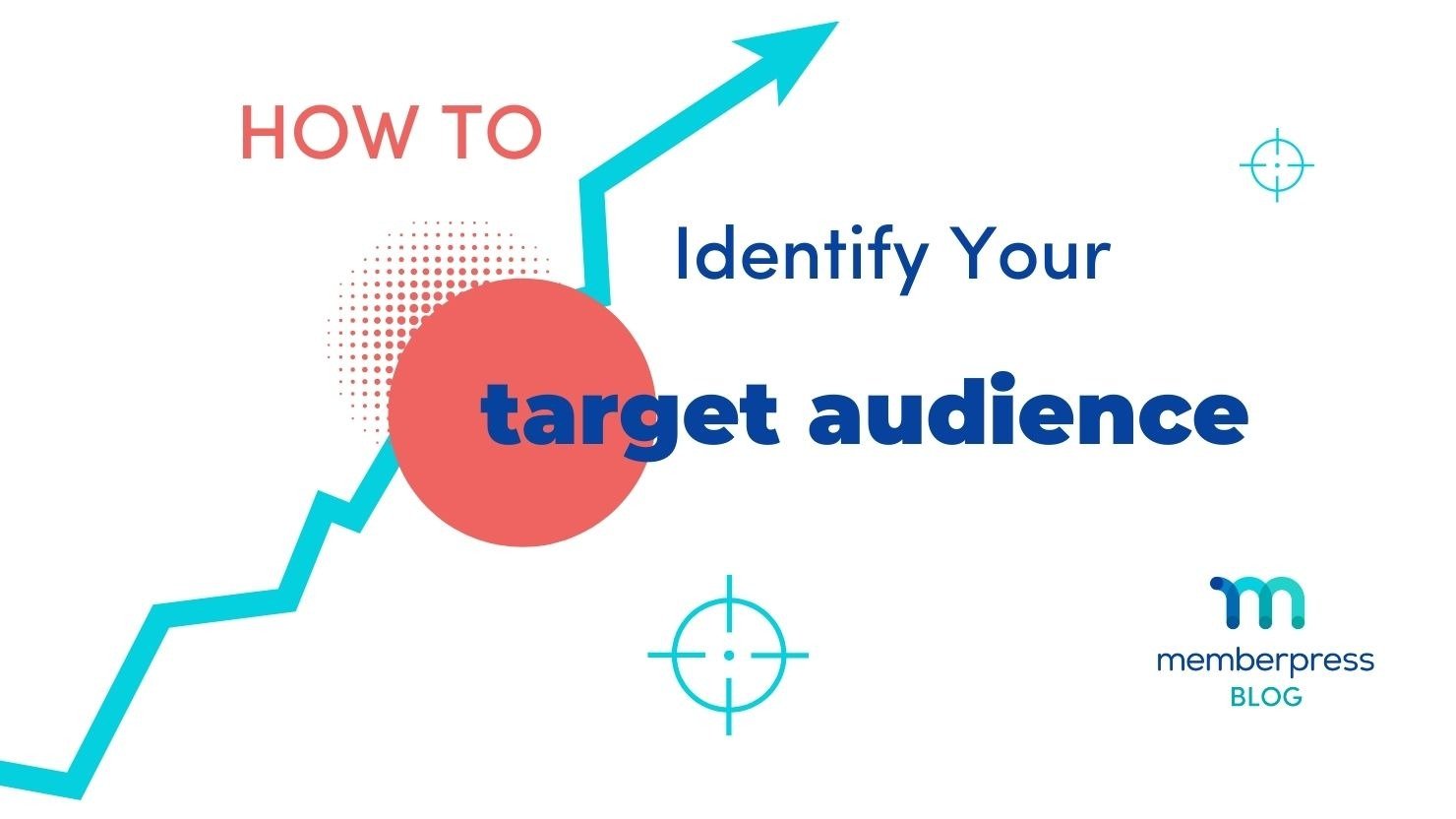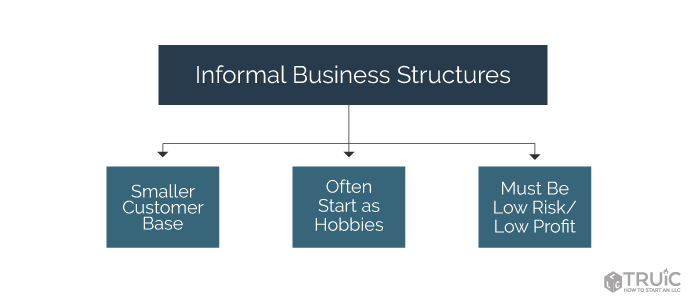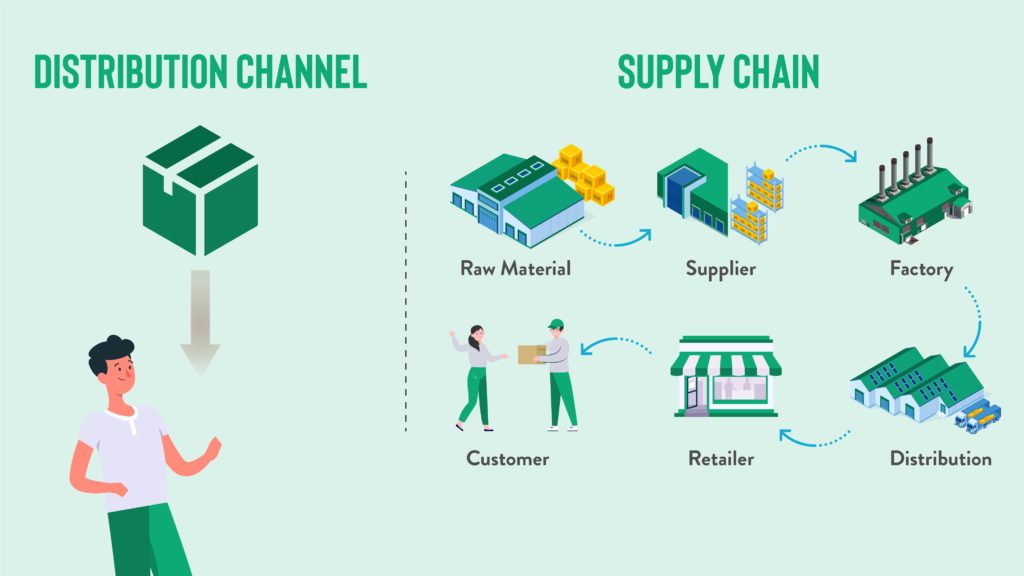How to Start Your Own Clothing Brand: A Comprehensive Guide
Starting your own clothing brand can be an exciting and fulfilling venture, but it can also be a daunting task. With so many steps to take and decisions to make, it can be challenging to know where to begin. However, with a solid plan and a clear vision, you can turn your dream into a successful reality. In this article, we will guide you through the process of starting your own clothing brand, from developing your brand identity to launching your first collection.
1. Determine your brand identity
The first step in starting your own clothing brand is to determine your brand identity. This includes defining your brand's mission and values, identifying your target audience, and choosing a brand name and creating a logo.
1.1 Define your brand's mission and values
Your brand's mission and values should guide all aspects of your business, from product development to marketing and sales. Your mission statement should articulate your brand's purpose and goals, while your values should communicate what your brand stands for and how you conduct business.
1.2 Identify your target audience

Knowing your target audience is crucial to creating products that will resonate with your customers. Consider factors such as age, gender, lifestyle, and interests when defining your target audience.
1.3 Choose a brand name and create a logo
Your brand name and logo should be memorable, unique, and reflective of your brand identity. Consider working with a graphic designer to create a logo that will stand out in a crowded marketplace.
2. Conduct market research
:max_bytes(150000):strip_icc()/market-research-4193183-2-c7e90e4d3f7a4149a5abd833b9b3af23.jpg)
Before launching your brand, it's essential to conduct thorough market research to ensure that your products will meet consumer demands and that there is a viable market for your brand.
2.1 Analyze your competition
Identify your competitors and analyze their products, pricing, marketing strategies, and target audience. Use this information to differentiate your brand and create a unique value proposition.
2.2 Identify industry trends and consumer demands
Stay up-to-date on the latest industry trends and consumer demands by reading industry publications, attending trade shows, and conducting surveys or focus groups.
3. Develop your product line
:max_bytes(150000):strip_icc()/Term-Definitions_Product-Line-Final-58870113a3ca4770a85cabf3549894bb.jpg)
Your product line is the heart of your brand, so it's crucial to develop a line of products that align with your brand identity and meet consumer demands.
3.1 Determine your product categories and styles
Consider what types of products you want to offer, such as casual wear, formal wear, or sportswear, and determine the styles and designs that will set your brand apart from competitors.
3.2 Select fabrics and materials
Choosing the right fabrics and materials is essential to creating high-quality products that consumers will love. Consider factors such as comfort, durability, and sustainability when selecting fabrics.
3.3 Establish your pricing strategy
Determine your pricing strategy based on factors such as production costs, competitor pricing, and perceived value. Price your products competitively while maintaining a profit margin that will sustain your business.
4. Create a business plan

A well-developed business plan is essential to starting and running a successful clothing brand.
4.1 Set goals and objectives
Set realistic goals and objectives for your business, including financial targets, product development milestones, and marketing objectives.
4.2 Determine your financial needs
Calculate the costs of starting and running your business, including product development, manufacturing, marketing, and operational expenses. Determine how much funding you will need and where it will come from.
4.3 Identify your marketing and sales strategies
Develop a marketing plan that outlines how you will promote your brand and products, as well as your sales strategy, which should identify your distribution channels and how you will reach customers.
5. Choose a business structure and register your company

Choose a legal structure for your business, such as a sole proprietorship, partnership, LLC, or corporation, and register your company with the appropriate authorities.
6. Secure funding

Starting a clothing brand can be expensive, so it's important to secure funding to cover your startup and operating costs.
6.1 Self-funding
If you have the means, self-funding your business is a viable option. Consider using personal savings, taking out a personal loan, or using credit cards to fund your business.
6.2 Crowdfunding
Crowdfunding platforms such as Kickstarter and Indiegogo can help you raise funds from a large number of people in exchange for products or other incentives.
6.3 Traditional funding
Consider seeking funding from investors or applying for a small business loan from a bank or other financial institution.
7. Set up your manufacturing and distribution channels

Establishing reliable manufacturing and distribution channels is essential to producing high-quality products and getting them into the hands of customers.
7.1 Find a manufacturer
Research and compare manufacturers to find one that aligns with your brand's values and can produce high-quality products at a reasonable cost.
7.2 Establish distribution channels
Consider selling your products through your website, social media platforms, online marketplaces, or brick-and-mortar retail stores.
8. Launch your brand

With a solid plan in place and products ready to sell, it's time to launch your brand.
8.1 Create a marketing plan
Utilize social media, influencer partnerships, and other marketing tactics to generate buzz around your brand and products.
8.2 Launch your website and social media accounts
Create a website and social media accounts to showcase your products and connect with customers.
8.3 Host a launch event
Host a launch event to generate excitement around your brand and products and to connect with potential customers and partners.
9. Grow your brand

Growing your brand requires ongoing effort and dedication to maintain and increase brand awareness, customer loyalty, and sales.
9.1 Expand your product line
Continually evaluate and update your product line to meet changing consumer demands and stay ahead of competitors. Consider adding new products, styles, or collections to your existing line to attract new customers and retain existing ones.
9.2 Build brand recognition and loyalty
Invest in branding and marketing initiatives that build brand recognition and loyalty among your target audience. Utilize social media, influencer partnerships, and other tactics to increase your brand's visibility and engage with your customers.
9.3 Foster customer relationships
Building strong relationships with your customers is essential to building a loyal customer base. Respond to customer inquiries and feedback promptly and provide exceptional customer service to create a positive brand image.
9.4 Expand your distribution channels
Explore new distribution channels to expand your reach and increase sales. Consider selling your products through new online marketplaces, partnering with retailers, or opening your own brick-and-mortar stores.
9.5 Evaluate and optimize your strategies
Regularly evaluate the effectiveness of your branding, marketing, and sales strategies and make adjustments as needed to improve their performance. Use analytics tools to track metrics such as website traffic, social media engagement, and sales to inform your decision-making.
Conclusion
Starting a clothing brand can be a challenging but rewarding endeavor. By following these steps, you can develop a solid plan, create high-quality products, and launch your brand with confidence. With ongoing effort and dedication, you can grow your brand and achieve success in the competitive fashion industry.
FAQs
-
How much does it cost to start a clothing brand? The cost of starting a clothing brand varies depending on factors such as the size of the brand, the types of products offered, and the manufacturing and distribution channels used. However, it can range from several thousand dollars to hundreds of thousands of dollars.
-
Do I need a degree in fashion design to start a clothing brand? No, a degree in fashion design is not necessary to start a clothing brand. However, having experience or knowledge in design, textiles, and production can be beneficial.
-
How long does it take to launch a clothing brand? The timeline for launching a clothing brand can vary depending on factors such as the complexity of the product line and the manufacturing and distribution channels used. However, it typically takes several months to a year to launch a clothing brand.
-
How do I determine my target audience? To determine your target audience, consider factors such as age, gender, location, lifestyle, and interests. Conduct market research and use customer data to identify your ideal customer.
-
How important is branding in the fashion industry? Branding is essential in the fashion industry as it helps differentiate your brand from competitors and creates a connection with your target audience. A strong brand can increase customer loyalty and drive sales.









